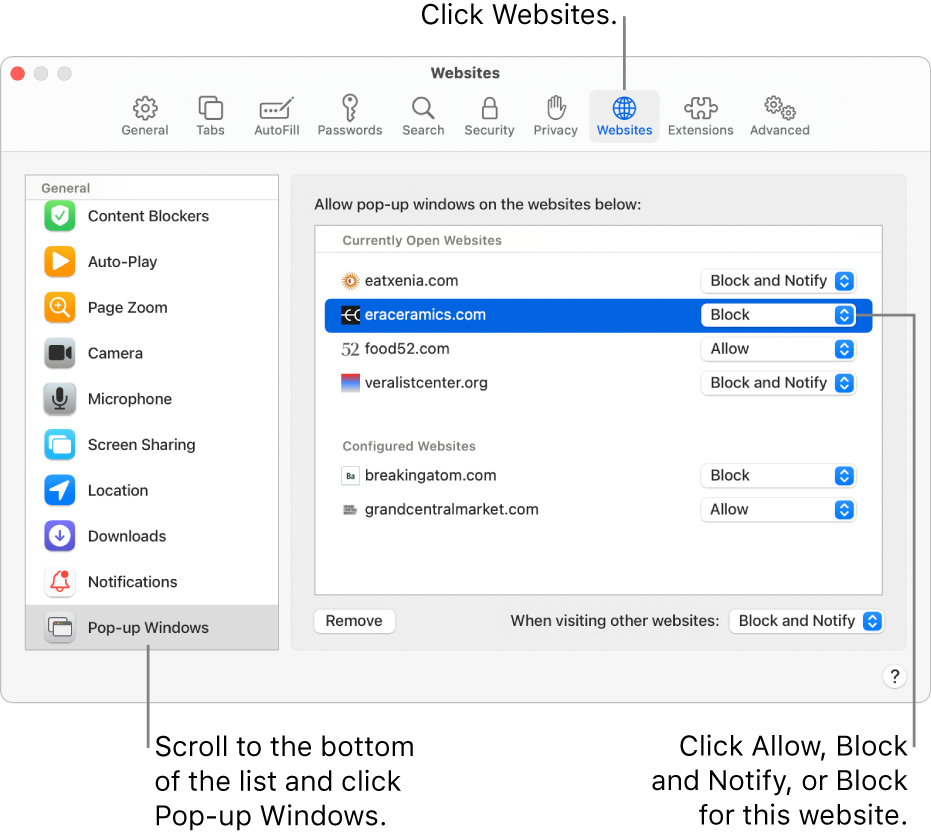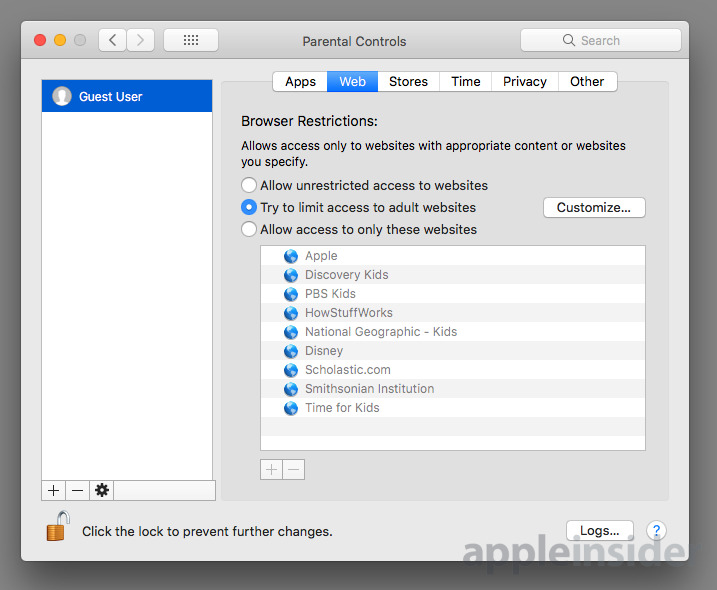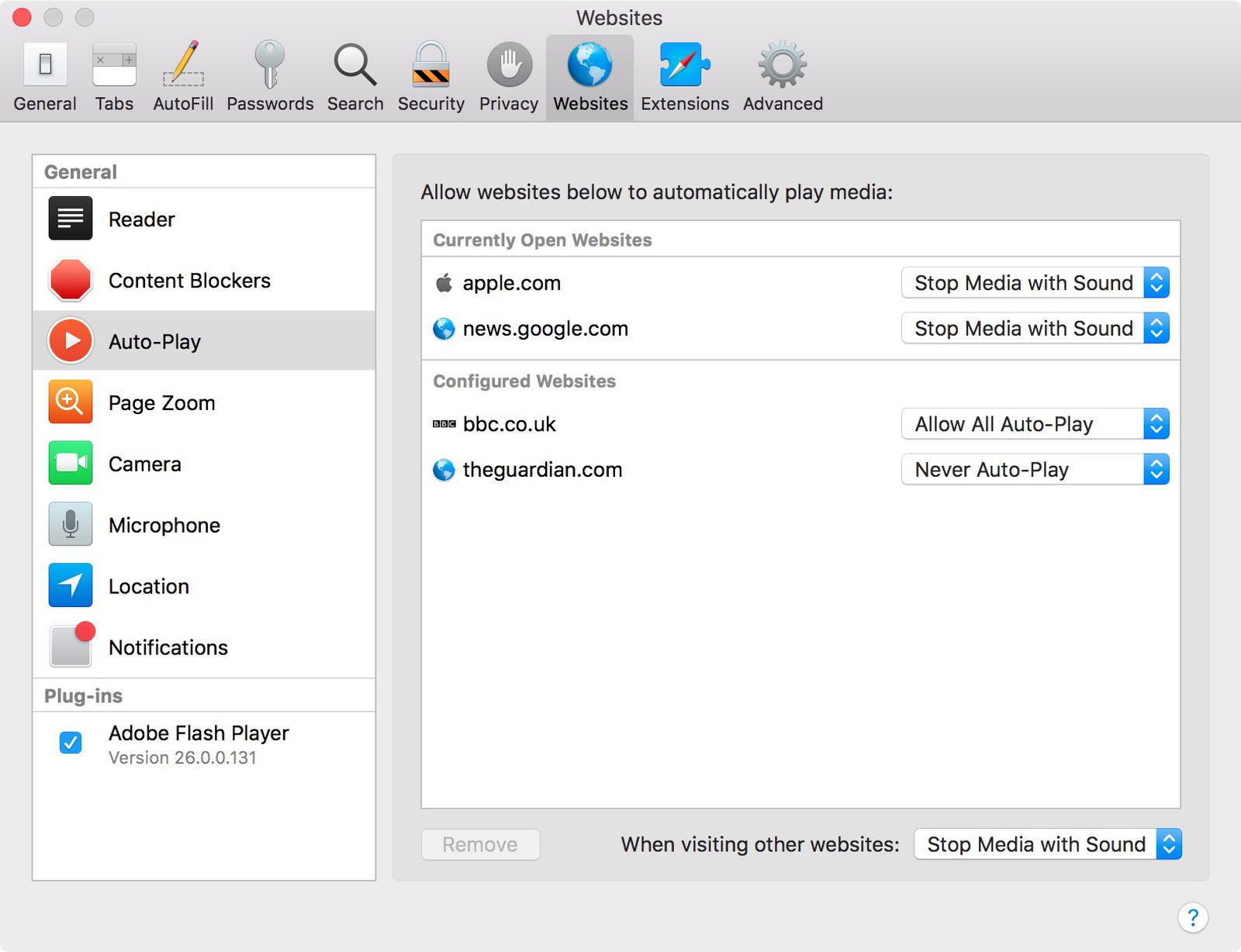

Note: Some browsers and mail clients will automatically complete a domain name such as "to a URL, such as.

Don't use the output of Step 1 as input to Step 2. Please enter the same input as you did in Step 1. Post the output that appears below – the text, please, not a screenshot. Select the Lookup tab and paste into the address field ( command-V). Click Utilities, then Network Utility in the icon grid. The application is in the folder that opens. ☞ In the Finder, select Go ▹ Utilities from the menu bar, or press the key combination shift-command-U. Select it in the results (it should be at the top.) ☞ Enter the first few letters of its name into a Spotlight search. Launch the Network Utility application in any of the following ways:


**: Again, this assumes you're not using an IP version that leaks MAC address information.Double-click the line of text below to select it, then copy it to the Clipboard ( command-C): IPv6 allows (but doesn't require) computers to use MAC addresses in certain ways, and some implementations do this, but it has caused a lot of controversy. *: IPv4 doesn't use MAC addresses, and if you're not sure what IP version you're using, it is probably IPv4. So yes, your router can see your MAC address, but no one else can. As the U Torrent client, this is also the most used client because it is available for multiple platforms and in numerous languages. And the web version comes with a lot of features.
#Mac websites mac os#
It cannot see the MAC addresses of anyone who is not directly connected to it in this way, because that information gets lost in the network layer.** The same is true of other machines. Although the client version of the app is discontinued in Mac OS Catalina, users can still use the web version. The reason that your router knows your MAC address is that you are directly connected to it, using the link layer (it can also see you in the network layer, which is how it's presenting its interface to you, but that doesn't matter here). Your MAC address is only visible to the very first link in the chain -the one between your computer and the router- and it legitimately needs that, because that's how it tells data from your computer apart from data from other computers connected to it. This is where IP lives, and it doesn't use MAC addresses.* Data still has to be passed between machines that are directly connected to each other, but even if this is done using only protocols that use MAC addresses, it uses the MAC addresses of the two machines that are passing information between them at the moment, not the MAC address that started it all.
#Mac websites how to#
The network layer defines how to get a signal across two computers that are NOT directly connected, using computers that ARE directly connected in some way. There are other link-layer protocols too, but I won't get into them here. PPP, which is often used by modems, is another example of a link-layer protocol, but it does not use MAC addresses. Ethernet is one example, and so is is the 802.11 family of wireless protocols I list these because they use MAC addresses. Free shipping on the latest makeup collections. The link layer defines how to get a signal across two computers that are directly connected in some way. Explore new MAC collections, collaborations, and products and experience the latest in makeup artistry. Depending on who you ask, these layers have different numbers, so I'm going to use the names instead. The exact definitions of each part of the stack differ somewhat from person to person, but the two we're concerned about here are fairly well-defined: the link layer and the network layer.
#Mac websites series#
The Internet is not just one protocol, but a series of protocols that stack up on top of each other.


 0 kommentar(er)
0 kommentar(er)
